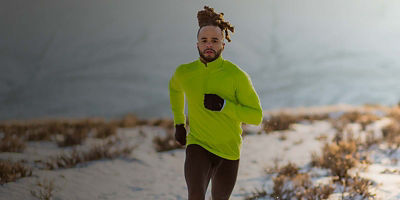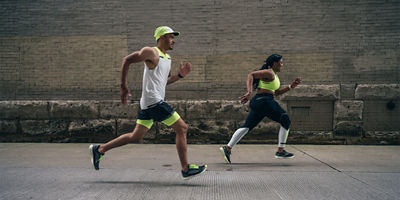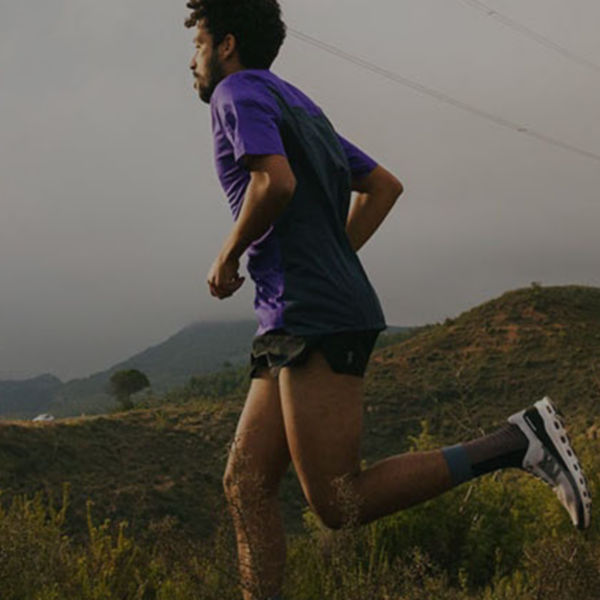
Dustin Diefenderfer, the founder of online training platform MTNTOUGH Fitness Lab, has been developing training programs for military groups since 2016. “When COVID hit,” he says, “some of the military teams we work with were quarantined in 10x10 rooms. Since all they had to train with was their packs, they asked us to develop a special program for them during that time.”
But, like a few good things that have come from the pandemic (WFH, anyone?), the idea of utilizing a backpack for do-anywhere strength training stuck.
“Most people have a pack and can find something heavy to put in it,” says Diefenderfer, who recommends filling various-sized drybags with peat sand or pea gravel to create 5-, 10-, and 20-pound options which can be quickly and easily mixed and matched inside your pack for different moves. He suggests purchasing two sets of bags that come in small, medium, and large, and creating two 20-pound bags (“the large works great,” he says), a 10-pound bag or two (medium), and two 5-pound bags (small).
An added benefit of training with a backpack instead of with traditional weights: specificity. “One of the things we’ve found is that you can train a lot in the gym, but still feel that burden of a heavy pack on your first few outings in the field, whether you’re backpacking, hiking, mountaineering, or hunting. Training with a heavy pack makes that burden go away. It helps get your hips and traps ready for wearing a pack, because you’ve trained with a pack.























